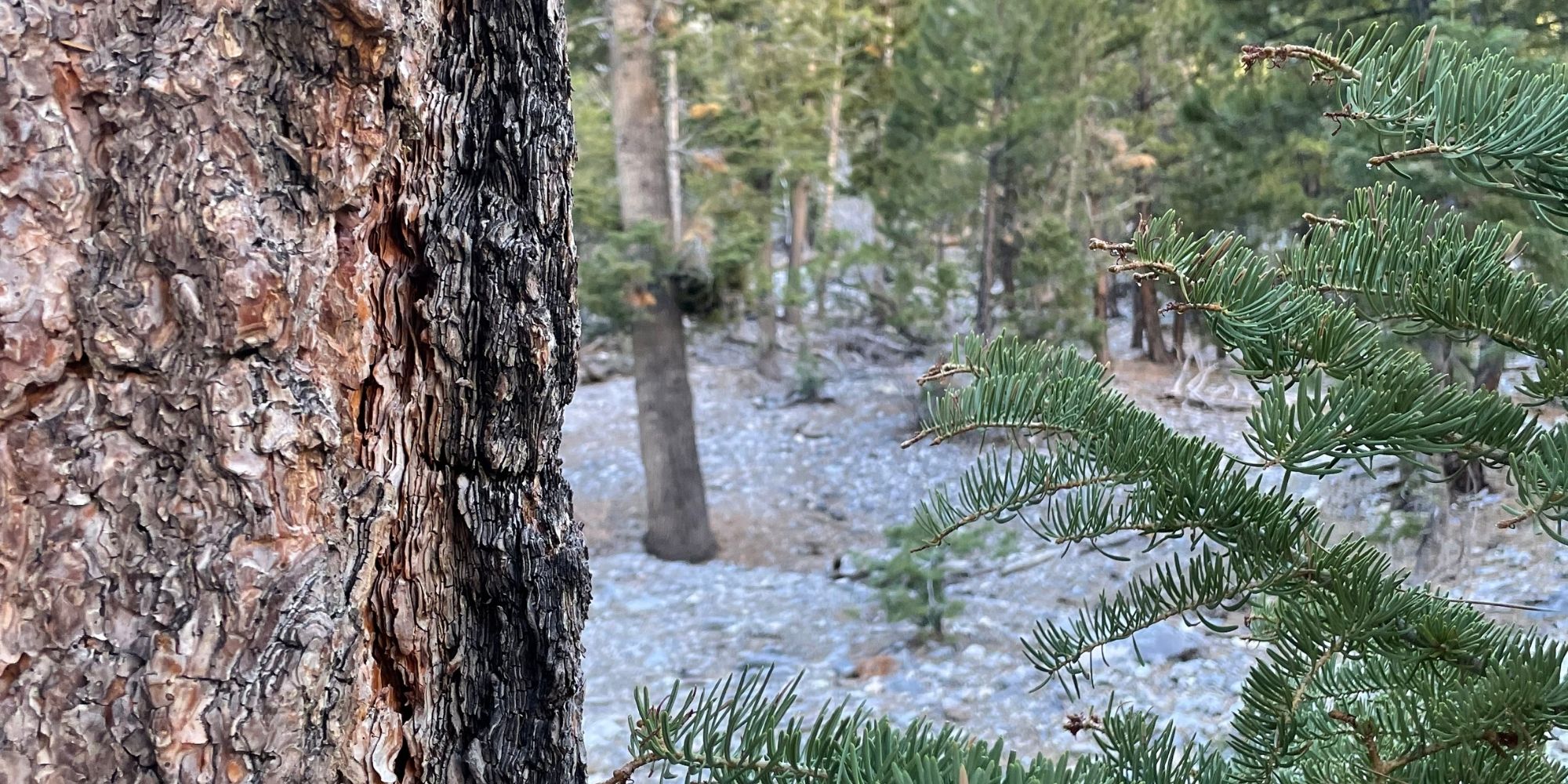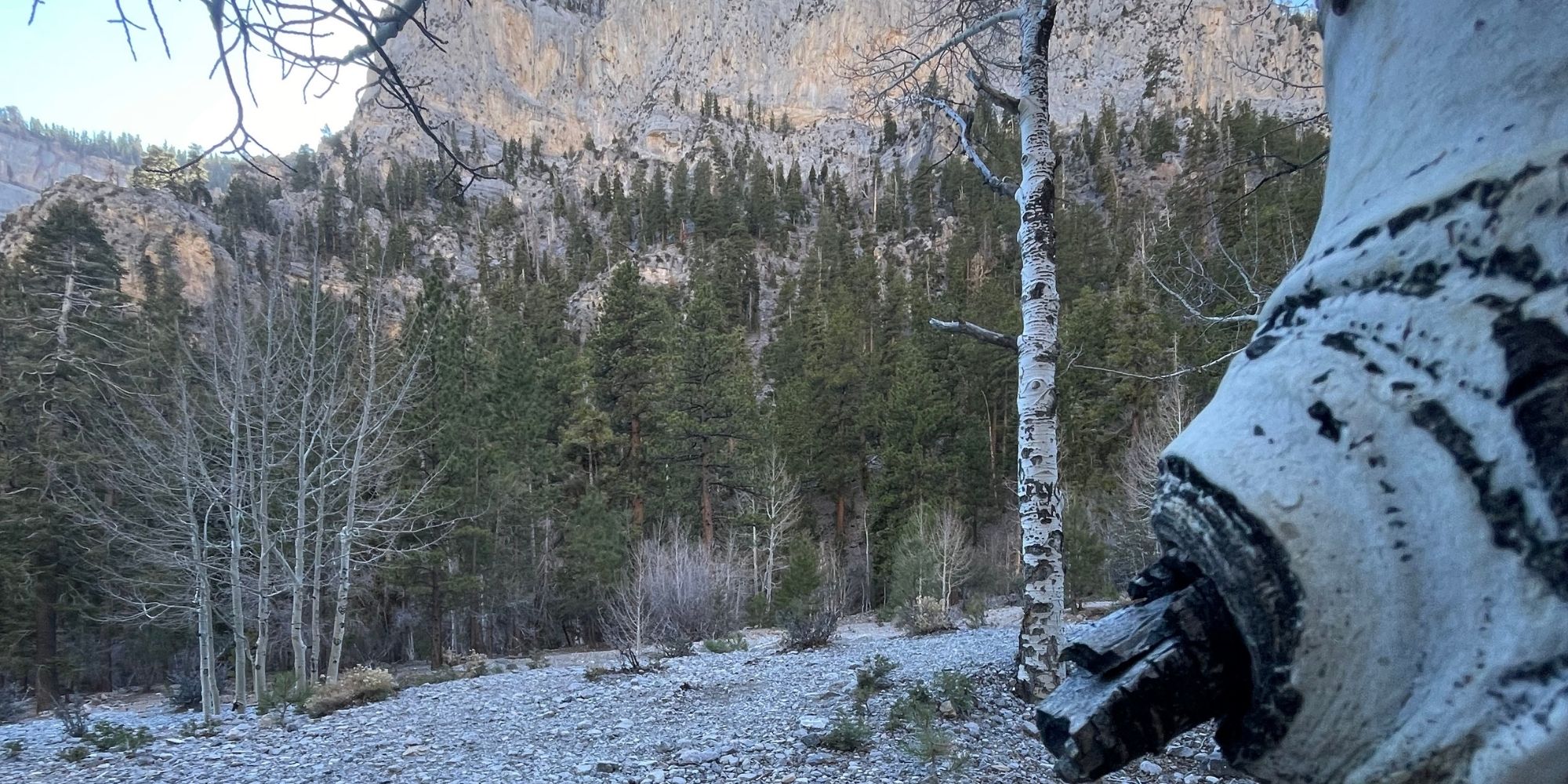Letting Go of Sentimental Items
Are you ready to focus on decluttering your sentimental items?
My grandmother was in many ways my closest friend and when she died it was difficult for me to move forward. I grew up spending a good portion of each summer at my grandmother’s small home in the quaint New England town of Charlestown, NH. She was strong, honest, independent and a hard worker. She built her own home and had immense pride in this home and also the other things she owned including her yard, garage full of tools, vehicles and tiny red horse barn.

I believe she had valid reasons to love her home and all the items within. She had a tough life. She didn’t have much as a child, lost a parent at a very young age, lived through a difficult marriage with a gentleman that didn’t return healthy from WWII and lost her son to an accident when he was in his 20s. I believe she perceived stability in her home, items and town, thus offsetting the instability of her life.
As I sat in her home, reliving memories, I couldn’t fully process donating all of her stuff. How do you donate all this stuff she worked so hard for and valued so much?
Over a week or two, we did give away a lot, but many of the sentimental items remained. This remaining stuff I packed into boxes and drove south from her home in New Hampshire, through the busy streets of New York City, and into the DC metro to their new home — a storage unit and a basement. I had a problem. I needed to figure out how to let go of sentimental items.
I believe we’ve all been here. We have sentimental items we don’t want to let go, yet they’re not being used and are taking up space. How do we let go of sentimental items?

Joshua Becker created the platform Becoming Minimalist where you can find courses and books on decluttering and more. Joshua believes “the best things in life aren’t things.” Joshua provides three specific ways to approach letting go of sentimental items.
1. “Remember that less is different than none. No one is saying that you have to get rid of everything you have an emotional attachment to, but I do think you will find benefit in owning less.” For instance, I released the burden of feeling responsible to keep my grandmother’s stuff. I now have less clutter and more space, I don’t need to pay for a storage unit and I don’t have to deal with hauling this stuff wherever I move.
2. “Your memories do not exist in the item. The memories we cherish exist in our minds, they exist in our hearts and our souls, not in physical objects.” For me, I recognize the memories of my grandmother are within me and not in the object.
3. “Our emotional attachment to things can actually provide motivation for owning less.” The sentimental items you own represent important experiences and relationships. The relationships and experiences are where the value dwells and not the items. If these items are holding us back from experiences and relationships, then use these objects as motivation to remember what’s really important, that being experiences and relationships. Set these objects free and move forward.
A Process For Minimizing Sentimental Items.
When I began the process of decluttering sentimental items I wasn’t sure I could eliminate a significant percentage of sentimental items — my goal was to donate 95% of the sentimental items. The main resource I suggest is Simply+Fiercely. I've read and tried different approaches to decluttering and gathered what I believed would help me. I then built my own list of questions I ask when I am struggling to let go of a sentimental item.
1. Why am I considering donating this item? If I am already considering giving this item away then I probably don’t need it. If I am still unsure then I move to the next question.
2. Will I use this item in the next 3–6 months? I permit longer periods of time to accommodate seasonal gear. For instance, will I use this coat or blanket this coming winter?
3. Can I save a digital version? If I have a stack of my kids’ writings or a bunch of pics, can I digitize these items and get rid of the hard copies? Can I take a picture of an item I want to remember and then let the actual item go?
4. Can I repurpose this item to fill a different want? For example, t-shirts from your events can be made into a blanket. Donate another blanket in your house to make room for this new blanket. Don’t stretch yourself to repurpose an item. Others may find great value in the items you donate.
5. Do I need more time? Let’s not make decluttering sentimental items a nightmare. If you’re full of anxiety and can’t part with an item, then use the item or place the item in a box or out of the way. Revisit the item within 90 days and go through the questions again.
6. Am I holding onto this item because I haven’t had time to process the memories this item represents? If so, take time to process these memories. Sometimes sentimental items should stay. At some point, you may find closure and no longer need the item, or instead, you may find great value in this item and decide to keep it.
I did keep some of my grandmother’s possessions. I kept two small end tables, a chair and some other items, but most importantly I kept the memories and I’ve donated the rest. I recognize that my grandmother’s memory isn’t in the objects, but rather inside me. I am free to move about with the memories and without the clutter.
So what do you think, are you ready to focus on decluttering your sentimental items?
CLICK HERE for more minimalist writings.
All pictures are from my recent hikes in Mt. Charleston, Nevada.

